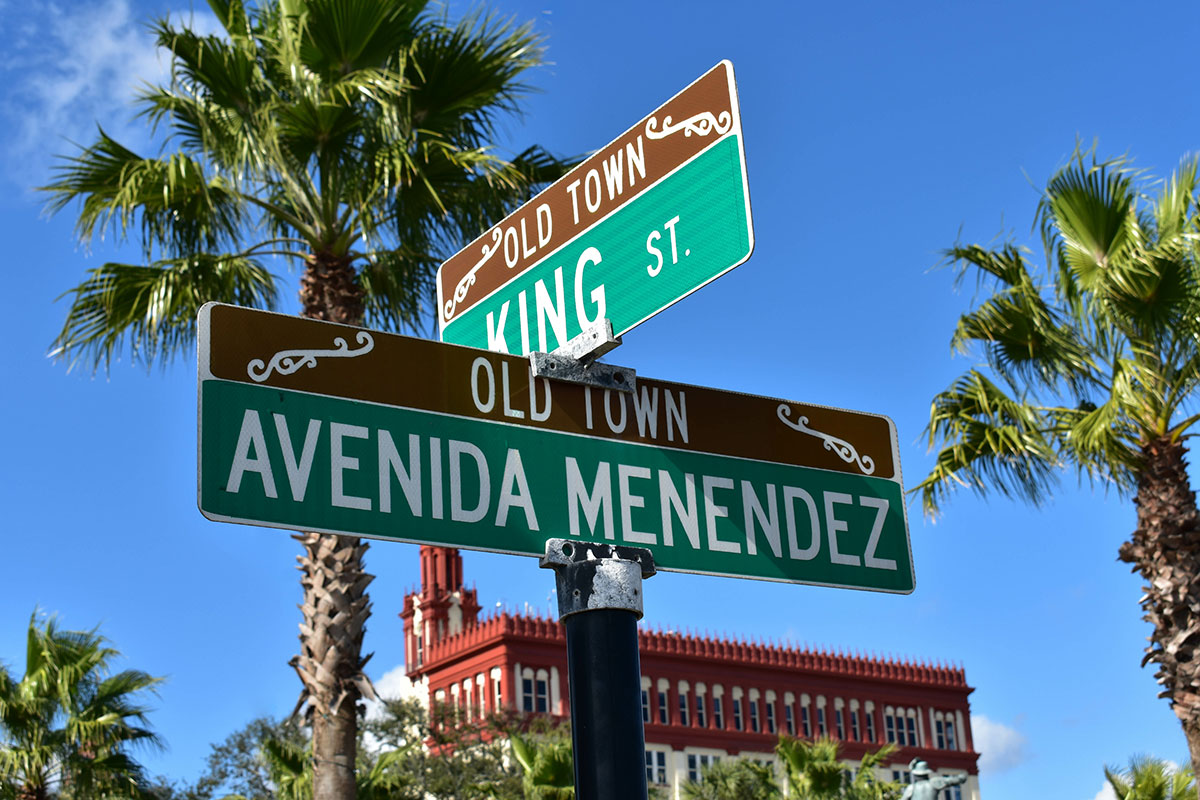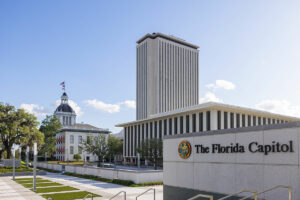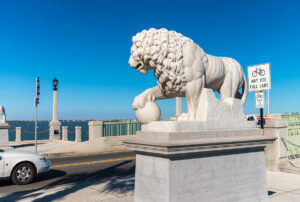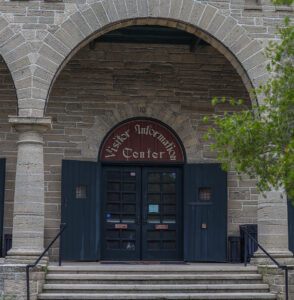City Aims to Make King Street ‘The Best Mile in Florida’

At a public meeting in late February, St. Augustine officials outlined potential options for King Street after the city took control of the road from the Florida Department of Transportation.
Melinda Rakoncay, city mobility liaison, said the city took over King Street “to put it on our time schedule and regulations instead of FDOT.” She said one of the biggest reasons for setting the timetable is to give more time for public input on the city’s effort to improve the area.
Rakoncay said changes to King Street would serve visitors and residents, improve the traffic flow, make it more pedestrian and bike friendly and provide flexibility in landscape design along the length of the road, “to make it the best mile in Florida.”
Chantal Bowen, project manager with consultant Hanson Professional Services, said the company was “excited to be here” for the public meeting.
“I can definitely feel the passion for this project,” she said. “We really love this project.”
Jeremy Marquis, deputy project manager from Marquis Latimer + Halback, also spoke at the meeting.
“King Street is special to us all,” he said. “It’s something that impacts many of our daily lives. This is one I won’t take lightly (and) my team doesn’t take lightly.”
While traffic issues have been a concern of residents and business owners for a long time in the Ancient City’s historic downtown, Marquis said the vision for King Street isn’t just about traffic flow.
“It’s about what we’re calling the Big Three;:livability, history, beauty,” he said, adding that King Street “is leading into the heart of the nation’s oldest city” and the options presented are about “creating the best model for it” for the future.
“It’s a primary street that can be much more than it is today,” Marquis said.
Once the city decides on a plan – with more public input in the process – Bowen said there is a big issue that must be addressed.
“Whatever concept we choose, there’s a must,” she said. “We’ve got to improve the infrastructure that’s out here today. A lot of it’s very old.”
The timeline for the process includes presentations to the city’s Historic Architectural Review Board in early spring, followed by a community presentation and neighborhood association meetings in the summer. A City Commission update is expected in the late summer.







